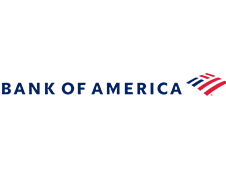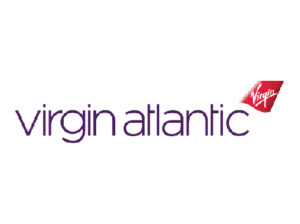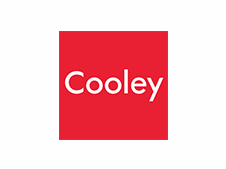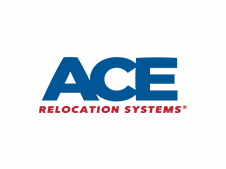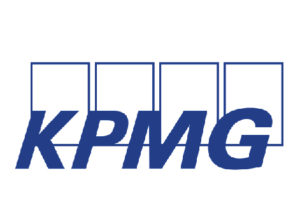Welcome to the June BABN Policy and Trade Update.
May brought significant developments in transatlantic trade, with the main piece of news being the UK and US reaching a preliminary agreement to ease tariffs and strengthen bilateral economic ties. The deal, while not a full trade agreement, marks a breakthrough in reducing tariffs on key UK exports such as cars, steel, and aluminium. It is also the only deal that the US has signed since it imposed sweeping tariffs on major trading partners around the world.
The deal was certainly a step in the right direction. However, as BAB CEO Duncan Edwards noted, “UK exporters to the USA still face higher costs than before April 2nd” due to the general 10% reciprocal tariff that remains in place. Duncan also emphasised that the agreement “provides a foundation, but not a finish line,” and expressed hope that it would lead to broader efforts to remove tariff and non-tariff barriers between the two economies. Also worth noting, the deal has yet to be implemented.
In parallel, a US trade court ruling in late May challenged the legality of certain reciprocal tariffs, stating that the administration had overstepped its authority. Although the court initially blocked the tariffs, a federal appeals court reinstated them temporarily while the legal process continues. The outcome of this case could have significant implications for the future of transatlantic trade policy and negotiations with trading partners.
Meanwhile, the UK-EU Summit in Brussels reaffirmed commitments to regulatory cooperation and economic stability between the UK and the EU, with leaders discussing shared challenges including supply chain resilience and digital trade frameworks. These discussions are expected to shape the UK’s positioning in both European and global markets in the months ahead.
See below for a breakdown of policy and trade headlines and our published works.
UK-US Trade Deal
8 May 2025
What happened: On 8 May, the UK and US governments announced a new agreement aimed at easing some of the recently imposed tariffs and deepening economic ties. The deal is part of a broader effort to grow the volume and quality of transatlantic trade, support job creation, and reinforce the special relationship through a stronger economic partnership.
Read more: You can read our full statement here
Tariff Update
May 2025
Latest tariff developments: here is a breakdown of the latest developments on US tariffs, accurate as of May 7th.
Tariffs currently in force
- Tariffs on Chinese imports remain elevated. After a series of increases earlier this year, the total tariff rate reached 145%. However, following a temporary easing agreement reached on 12 May, both the US and China agreed to reduce reciprocal tariffs to 10% for a 90-day period, set to expire in mid-August. However, due to other existing duties, the effective tariff rate on most Chinese goods remains above 30%.
- Steel, Aluminium, Autos: President Trump on June 4 doubled tariffs on steel, aluminium, and derivative product imports from 25 to 50%. Tariffs on autos and auto parts remain at 25%.
- Autos and auto parts subject to his 25% Section 232 autos tariffs will no longer be also subject to other 25% tariffs that he has imposed on steel and aluminium or on Canadian and Mexican goods related to the US fentanyl crisis.
- Also, under the new US-UK agreement, the UK has secured:
- A quota-based exemption allowing core UK steel and aluminium products to enter the US at 0% tariff.
- A reduction in car tariffs to 10% (down from 25%) for up to 100,000 UK-made vehicles annually.
- Venezuelan Oil: Tariffs remain in place at 35%.
- Fentanyl-related Products: Imports from non-USMCA countries face a 25% tariff, while Canada and Mexico remain exempt under USMCA.
- 10% baseline tariff: The universal 10% tariff introduced on 5 April remains in effect for nearly all imports from all countries (in addition to MFN rates).
- Products that are subject to 232 tariffs, such as steel and aluminium, and autos and auto parts, or to be planned 232 tariffs, such as pharmaceuticals and semiconductors, are *exempt* from the additional reciprocal/universal baseline tariffs.
- For products that include US content, the US content is exempt from the new tariffs, as long as the US content is at least 20% of the value of the imported product. E.g. a Korean car that includes a 30% US content will only be tariffed at 70% of the import price.
Tariffs paused or delayed
- While the baseline 10% tariff introduced on April 5th for several trading partners (excluding Canada and Mexico) remains in effect, the additional “discounted reciprocal rate” that Trump had announced for 60 named countries has been delayed for 90 days. The pause is set to expire in early July, pending the outcome of ongoing trade negotiations.
- Electronics Exemption: As of April 11, 2025, smartphones, computers, semiconductors, and other key electronics are exempt from new tariffs.
Tariffs under investigation
- IEEPA & Section 232 Reviews: The administration continues to review additional tariff measures under the International Emergency Economic Powers Act (IEEPA) and Section 232, targeting sectors such as automotive, pharmaceuticals, and rare earths.
- A Section 232 investigation into pharmaceuticals is ongoing, with the UK having secured preferential treatment in anticipation of potential new tariffs
Continue reading BAB Policy and Trade Update, June 2025 HERE

